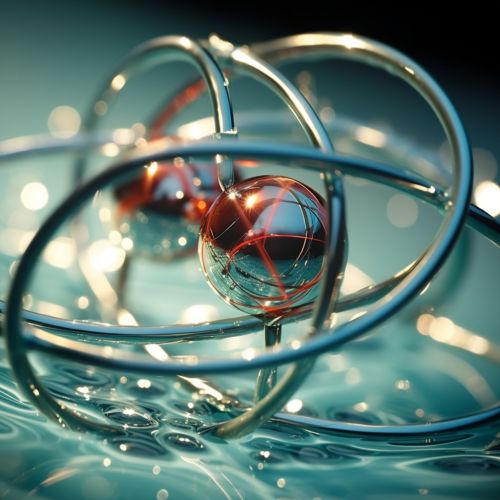Ionic bond
Introduction
An ionic bond is a type of chemical bond that involves the electrostatic attraction between oppositely charged ions. These ions represent atoms that have lost one or more electrons (known as cations) and atoms that have gained one or more electrons (known as anions). This transfer of electrons is known as electron transfer.
Formation of Ionic Bonds
Ionic bonds are formed through the transfer of valence electrons between atoms, typically between metals and nonmetals. The atom that loses the electrons becomes a positively charged cation, while the atom that gains the electrons becomes a negatively charged anion. The attraction between these opposite charges forms the ionic bond. The formation of ionic bonds can be exothermic, releasing energy.


Properties of Ionic Compounds
Ionic compounds have high melting and boiling points, as the ionic bonds are strong and require a large amount of energy to break. They are also good conductors of electricity when dissolved in water or melted, as the ions are free to move and carry charge.
Energy Considerations in the Formation of Ionic Bonds
The formation of an ionic bond involves a number of steps, each with its own energy requirement or release. These steps include the ionization energy (the energy required to remove an electron from an atom), the electron affinity (the energy released when an electron is added to an atom), and the lattice energy (the energy released when the ions come together to form a solid).
Factors Affecting the Strength of Ionic Bonds
The strength of an ionic bond depends on the charge of the ions and the size of the ions. The greater the charge, the stronger the bond. Similarly, the smaller the ions, the stronger the bond, as the ions can get closer together.
Examples of Ionic Bonds
Common examples of ionic bonds can be found in salts such as sodium chloride (NaCl), where the sodium (Na) atom donates an electron to the chlorine (Cl) atom, forming a strong ionic bond. Other examples include magnesium oxide (MgO) and calcium fluoride (CaF2).
